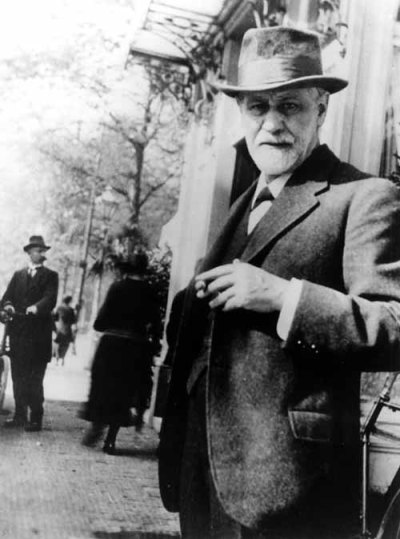
On April 21, 1884, a 28-year-old researcher in the field now called neuroscience sat down at the cluttered desk of his cramped room in Vienna General Hospital and composed a letter to his fiancée, Martha Bernays, telling her of his recent studies: “I have been reading about cocaine, the effective ingredient of coca leaves,” Sigmund Freud wrote, “which some Indian tribes chew in order to make themselves resistant to privation and fatigue.”
Less than a month later, Freud was writing to Bernays about the many self-experiments in which he had swallowed various quantities of the drug, finding it useful in relieving brief episodes of depression and anxiety. Later, he described how “a small dose lifted me to the heights in a wonderful fashion. I am just now busy collecting the literature” — in German, French and English — “for a song of praise to this magical substance.”
That song of praise was “Über Coca,” a monograph published in July 1884 in a highly regarded journal. In his perceptive new book, “An Anatomy of Addiction,” Howard Markel points out that this landmark essay — Freud’s first major scientific publication — was in fact a turning point for the young scientist. “The most striking feature of ‘Über Coca’ is how Sigmund incorporates his own feelings, sensations and experiences into his scientific observations,” Markel writes. “When comparing this study with his previous works, a reader cannot help but be struck by the vast transition he makes from recording reproducible, quantitatively measurable, controlled laboratory observations to exploring thoughts and feelings. In essence, ‘Über Coca’ introduces a literary character that would become a standard feature in Sigmund’s work: himself. From this point on, Freud often applies his own (and later his patients’) experiences and thoughts in his writings as he works to create a universal theory of the mind and human nature. It was a method that for its time would prove scientifically daring, at times somewhat incautious, and, in terms of the creation of psychoanalysis, strikingly productive.”
Thus does Markel set the scene for his absorbing and thoroughly documented account of the ways in which cocaine may or may not have influenced Freud’s transformative notions of psychology, and most certainly did shape the pathbreaking American surgeon William Halsted’s vast contributions to the development of surgery.
Though some of Freud’s major biographers — most notably the British historian Peter Swales — remain convinced of the influence of the drug on Freud’s entire edifice of psychoanalytic thought, most agree with Markel’s conclusion that he completely stopped 12 years of what Markel calls “compulsive cocaine abuse” in 1896, just as he was beginning to formulate the concepts that laid the groundwork for his historical legacy. During the period of Freud’s addiction (or, at the very least, abuse), he wrote frequently about cocaine, making plenty of references to its debilitating effect on his clarity of thought. But the drug is rarely mentioned after 1896. That was the year in which two major events occurred in Freud’s life. The first was the publication in a French medical journal of his influential article “The Aetiology of Hysteria,” in which the word “psychoanalysis” is used for the first time; the second was the death of his father. Freud was no doubt influenced by having been close witness a few years earlier to the anguished death of one of his dearest friends, the accomplished young phsyiologist Ernst von Fleischl-Marxow, whose morphine addiction Freud had tried to treat with cocaine, with disastrous results. As Freud wrote almost three decades later, “the study on coca was an allotrion” — an idle pursuit that distracts from serious responsibilities — “which I was eager to conclude.”



0 comments:
Post a Comment